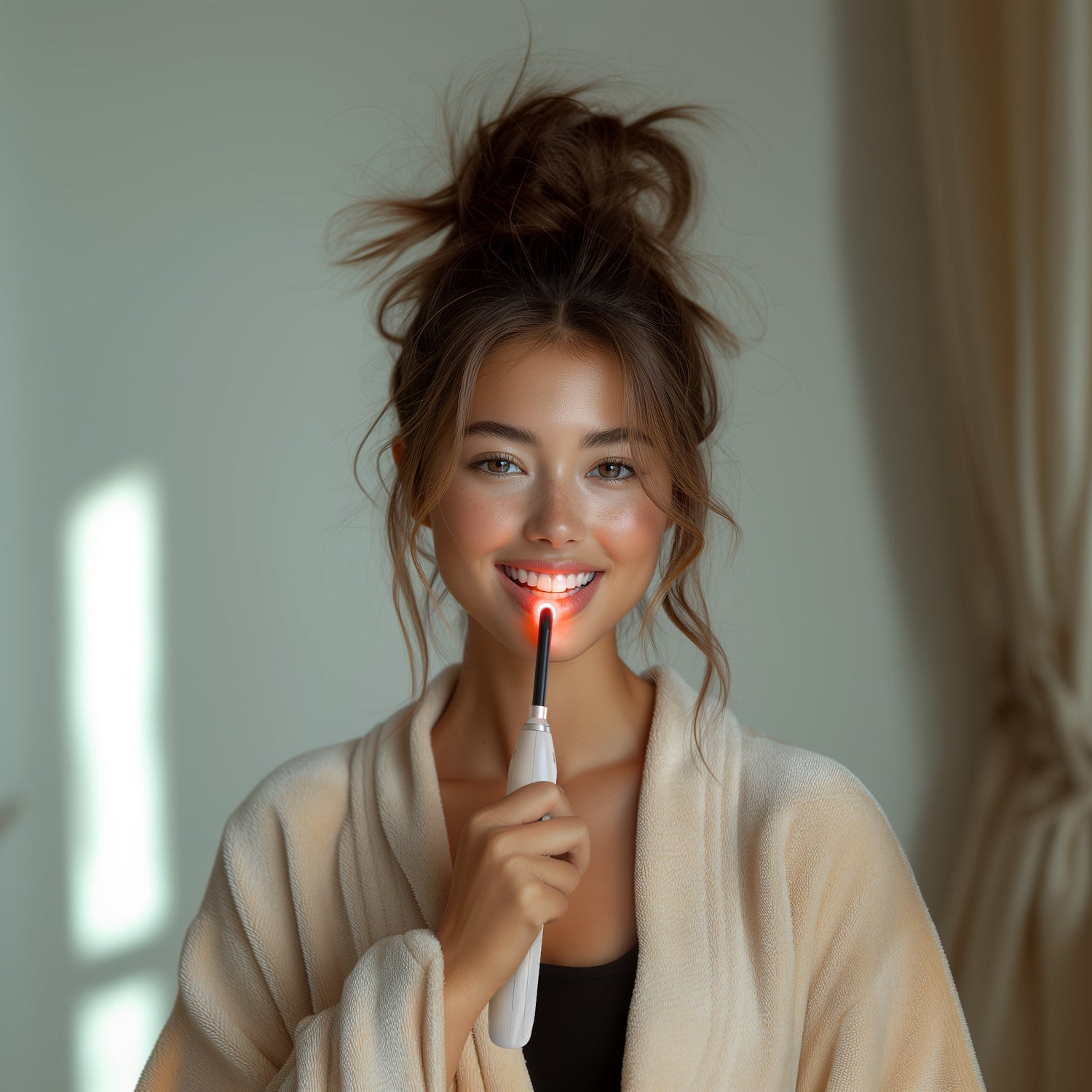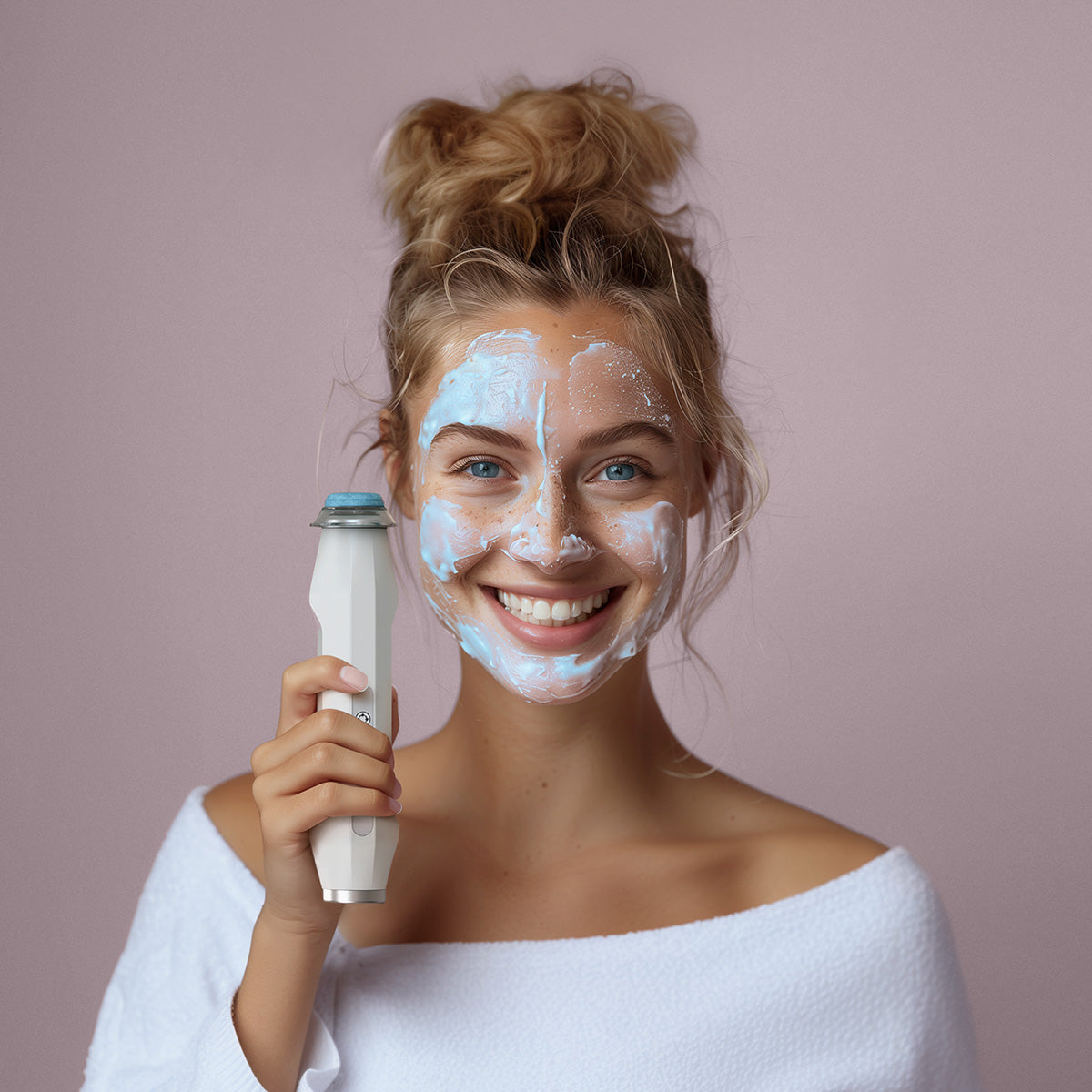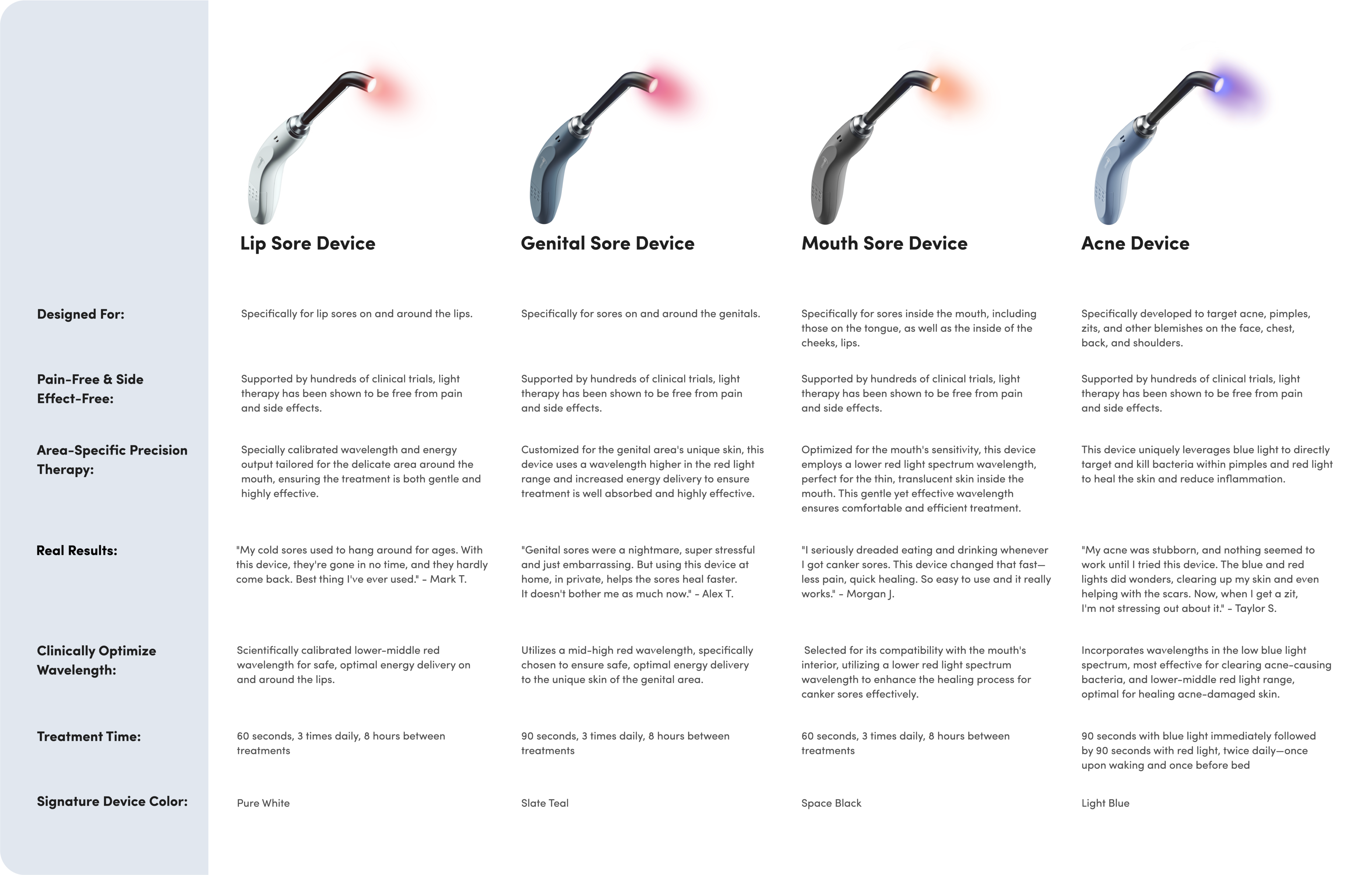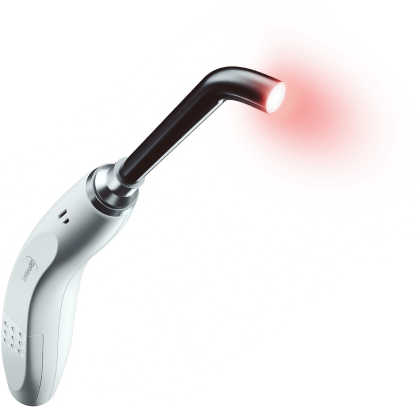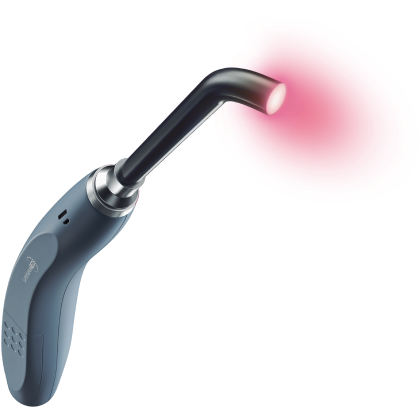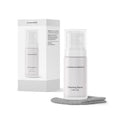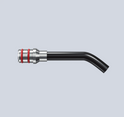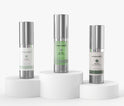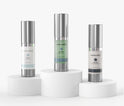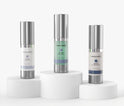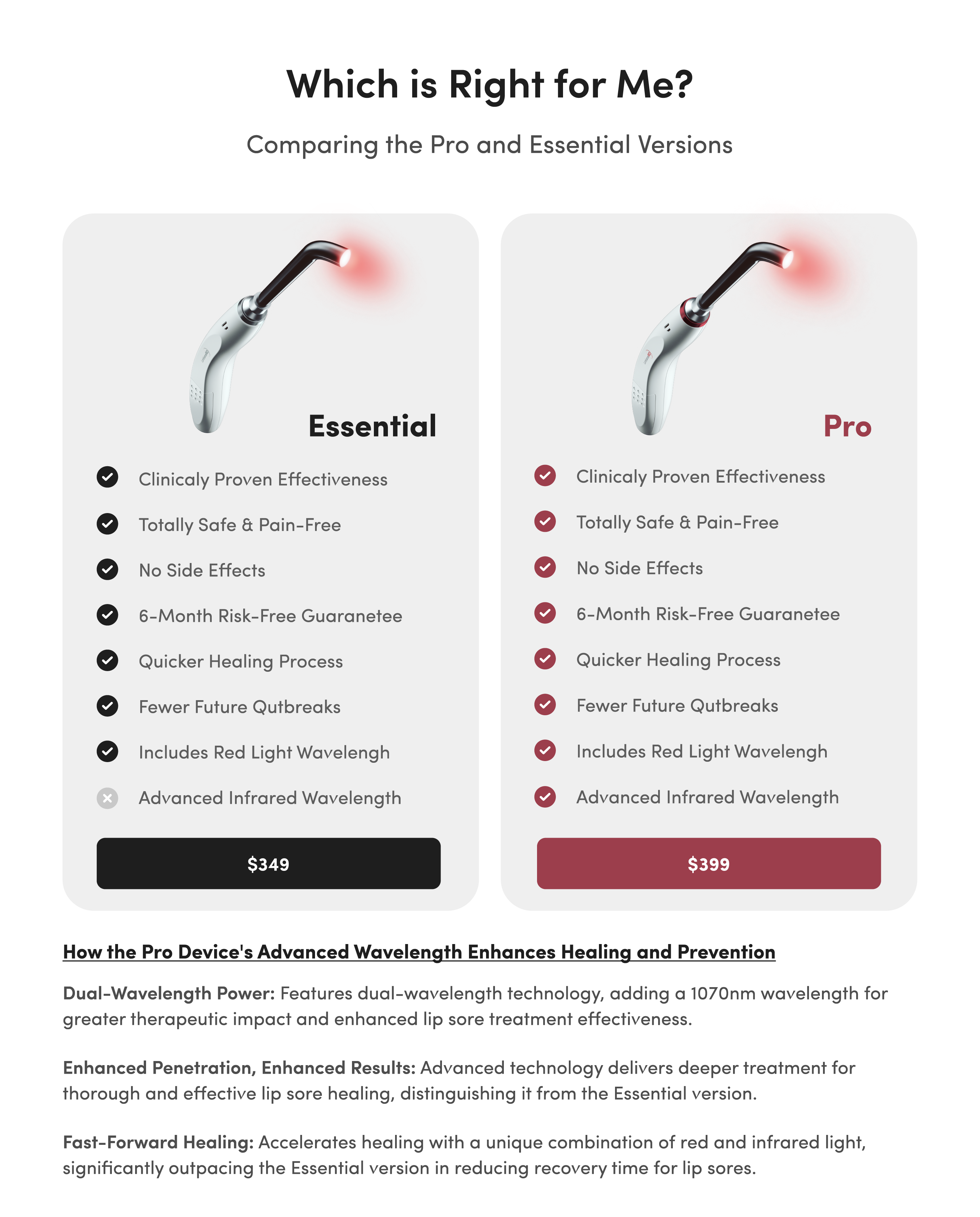Why You Get Forehead Acne (Plus How to Treat It)

Whether it’s a row of pimples along your hairline or one big pimple between your eyebrows, forehead acne is no picnic!
Sure, you may be able to hide your acne with a cute headband or some trendy bangs, but wouldn’t it be better to prevent a breakout from happening in the first place?
In order to prevent these breakouts, you first have to ask the question, “Why do I have acne on my forehead?”
All About Acne
To help answer the question “Why do I have acne on my forehead?,” let’s unpack the root cause of acne breakouts, including those on your forehead.
An acne breakout is really a series of tiny infections all over your face. While the cause of these infections is simple, dealing with acne is anything but. It’s frustrating, disheartening, and often embarrassing.
One silver lining is that, unlike other infections, an acne breakout won’t damage your health. It’s just an annoyance most of us have to deal with from time to time.
A breakout starts below your skin’s surface, inside your pores. Every pore on your face is actually a hair follicle, inside of which is a sebaceous gland. This gland produces sebum, an oil that hydrates your skin, which travels up the hair and out through the pore to reach the surface of your face.
So, where does acne factor into all this? Sometimes, the sebaceous glands produce too much sebum, which ends up trapped inside the pores. This excess sebum, when mixed with dirt, dead skin cells, and acne-causing bacteria, causes a small infection in the pore — a pimple.
Your body responds by sending white blood cells to fight the infection. The result? Redness and inflammation.

Why Do I Have Acne on My Forehead?
Now that you understand how acne forms, let’s answer the big question: “Why do I have acne on my forehead?”
Your skin is more likely to break out when something repeatedly touches a certain area, trapping oil and spreading acne-causing bacteria. Ask yourself if your forehead frequently comes into contact with one or more of the following five Hs:
- Hat
- Headband
- Headscarf
- Hood
- Helmet
If one of these items could be the culprit, try to avoid wearing it for a time and see if your acne clears up. If that’s not possible, make sure to clean the item regularly with a skin-friendly cleaner and always wash your face after wearing it.
If none of these objects come into contact with your forehead regularly, the problem could be a product you use, such as a haircare product or a type of makeup, moisturizer, or even perfume. Make sure the products you use are non-comedogenic, meaning they don’t contain pore-clogging ingredients that will lead to an acne breakout.
Your forehead can also be affected by hormonal acne. This type of acne is common in adults from 20 to 50 years old and is more likely to affect women than men.
Hormonal acne is caused by fluctuating hormones that lead to excess sebum production. In addition to your forehead, you may notice hormonal acne across your cheeks and/or jawline.

How to Treat Forehead Acne
Now that you know the answer to the question “Why do I have acne on my forehead?,” you can take better control of your breakouts! To really gain the upper hand over your pesky acne, you can take these steps to treat it:
Step #1: Identify the Cause
Review the causes listed above and eliminate those that don’t apply to you. Consider those that are left and ask yourself why they apply to you. Have you switched up your moisturizer? Do you wear a helmet for sports? Did you just cut bangs that lie on your forehead?
If you suspect hormonal acne might be the issue, talk to your doctor. Hormonal acne could be a part of your normal hormone cycle, or it could reflect a more serious medical condition. As the adage goes, it’s better to be safe than sorry.
Step #2: Treat the Problem Area
Once you eliminate any external influences that could be trapping oil or introducing bacteria to your forehead, it’s time to treat the problem area.
Start by using natural, well-known acne-fighting remedies. Some common examples include:
- Tea tree oil
- Green tea
- Witch hazel
- Aloe vera
- Apple cider vinegar
- Jojoba oil
- Echinacea
- Rosemary extract
Test each new product on a small patch of skin before applying it to your entire forehead. Even natural products can cause irritation, a rash, or an allergic reaction.
If natural products don’t cut it, it’s time to try over-the-counter treatment options. These products are formulated with active ingredients that kill acne-causing bacteria. Here are a few to look for:
- Salicylic acid: For salicylic acid-based products, look for concentrations of 0.5% to 2%.
- Azelaic acid: Over-the-counter products can have higher concentrations of azelaic acid, about 15% to 20%.
- Glycolic acid: The ideal glycolic acid-based product is a toning solution with a concentration of 7%.
- Benzoyl peroxide: Most benzoyl peroxide products start at a 2.5% concentration and move up to 5%. There are some 10% concentration formulas available, but use these with caution and consult with a dermatologist first.
- Sulfur: Products containing sulfur range from 5% to 10% concentrations.
When it comes to concentrations, start with the lowest available option and work your way up. This ensures you won’t suffer from excessive drying or irritation as your skin adjusts to the product.
It can take up to three months to see visible results from an over-the-counter product, so be patient. If three months have passed and the state of your forehead acne hasn’t changed, talk to your dermatologist about prescription options. Some of the active ingredients listed above are available in higher concentrations with a prescription.
Step #3: Prevent Future Breakouts
Unfortunately, getting your forehead acne under control is only half the battle. You also need to prevent future breakouts.
Follow these simple practices to ensure your forehead stays acne-free:
- Clean your face with a gentle cleanser. Wash it at least twice a day — once in the morning and once at night.
- Wash your face after sweating profusely, exercising, or doing other activities that may introduce contaminants to your forehead.
- Use a high-quality, non-comedogenic moisturizer on your forehead. Excess dryness can lead to a breakout!
- Keep your hair away from your forehead as much as possible, and avoid touching your forehead with your hands.
- Avoid wearing accessories that make contact with your forehead, such as the five Hs listed above. If you must wear one of these items, make sure it’s clean, and wash your face afterward.
- Wash your hair regularly. Even if you keep your hair away from your forehead, there’s bound to be some contact. The dirtier your hair, the higher the chance unexpected breakouts will form along your hairline.
Another fantastic option now on the market for treating acne is light therapy. Light therapy uses wavelengths of blue and red light to kill the acne-causing bacteria on your skin and heal acne breakouts.
At-home light therapy devices are available at a wide variety of price points, and the best news is they have virtually no side effects!
An Acne-Free Forehead
The answer to the question “Why do I have acne on my forehead?” might be more complex than you were expecting.
But hopefully now that you have a better idea of the potential causes and treatment options, you can make an informed decision about how to prevent future breakouts... and enjoy an acne-free forehead!


